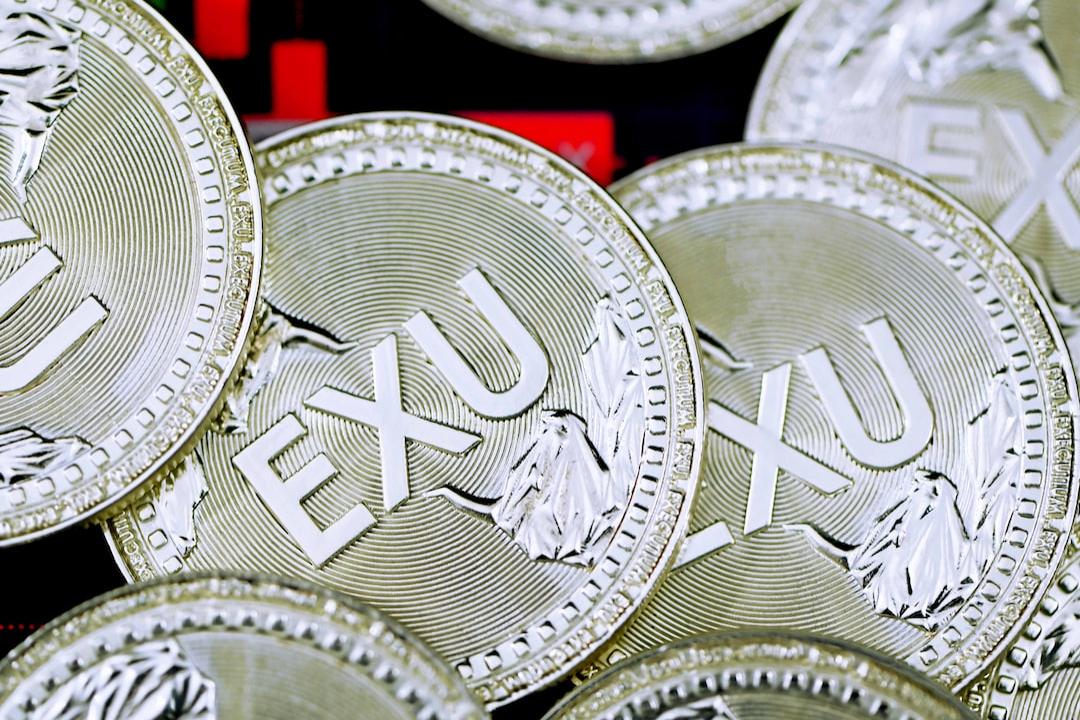Coin World News Report:
Author: Juan Leon, Senior Investment Strategist at Bitwise; Translation: 0xjs@
Q3 in the cryptocurrency market was quite exciting.
On one hand, it is fair to say that cryptocurrency prices didn’t show much improvement. The market has been mostly sideways for the past six months.
But on the other hand, as Bitwise’s Chief Information Officer Matt Hougan said in his executive summary, “the surface calm hides tremendous progress behind it.”
We just want to highlight one aspect of this progress:
Stablecoins becoming the dominant application of cryptocurrency technology.
We’ve always said that cryptocurrencies are about to find their killer use case. Well, stablecoins are it.
Why should investors care about stablecoins?
Stablecoins are no longer a secret. We’ve been talking about them for many years. Big companies like PayPal are launching their own stablecoins. High-level officials in the US House of Representatives and Senate are discussing them. Last week, payment processing giant Stripe announced its plan to acquire stablecoin issuance platform Bridge for $1 billion, its largest acquisition ever.
So, what makes them so valuable? And why should investors care about them?
Certainly, stablecoins are different from other cryptocurrencies in that their design aims to maintain a stable value relative to some asset (usually the US dollar). If you see price fluctuations in stablecoins, something is wrong. This diminishes their attractiveness as an investment, but makes them more practical as a medium of exchange. More importantly, this role makes stablecoins a bridge between traditional finance and the digital economy.
Furthermore, they are fast, efficient, and programmable. You can send $10,000 to anyone in the world in seconds, without worrying about bank hours or lengthy settlement times. As digital assets, stablecoins can be programmed to execute smart contracts, enabling automated payments, custody services, and various decentralized finance (DeFi) applications.
That’s why the usage of stablecoins has surged to record levels. In the first half of this year alone, over $5.1 trillion in global transactions were conducted through stablecoins. That’s not far off from Visa’s $6.5 trillion.
This is not a small niche market.
Stablecoin trading

Source: Bitwise Asset Management, data from Coin Metrics. Data range from Q1 2020 to Q3 2024.
Note: “Other” includes BUSD, DAI, FDUSD, GUSD, HUSD, LUSD, PYUSD, TUSD, USDK, and USDP.
How are stablecoins taking off?
Why would traditional payment giant PayPal launch stablecoins?
The business model is just too good.
It’s simple: issuers take in US dollars (or other fiat currencies) and issue an equivalent amount of stablecoins. Then they use these fiat currencies to buy US Treasuries and other income-generating assets. Finally, they pocket the interest income.
How well does this model work? The largest stablecoin issuer, Tether, made more profit last year than BlackRock.
These issuers are becoming major players. As shown below, the total amount of US Treasuries held by the top five stablecoins exceeds that of some G20 countries like South Korea and Germany. Therefore, the growth of stablecoins provides a new source of demand for US debt and helps provide liquidity to the US Treasury market, benefiting the broader financial system.
Investors are eager to get involved. Tether’s biggest competitor, Circle, is happy to assist them; the company quietly filed for an IPO this year. And although still in the works, public companies like Visa have already integrated stablecoins into their businesses.
US Treasury holders: Stablecoins vs. major foreign holders

Source: Bitwise Asset Management, data from the US Department of the Treasury and company reports. Data as of June 30, 2024.
Note: This table was inspired by a speech by Nic Carter, Founding Partner of Castle Island Ventures. “Stablecoins” refers to the top five stablecoins by market cap (USDT, USDC, FDUSD, PYUSD, and GUSD) as of June 30, 2024, with available reserve attestations. “US Treasuries” holding includes US Treasury securities, reverse repurchase agreements, and money market funds.
What does this mean for investors?
So how can investors take advantage of this opportunity?
Keep in mind: stablecoins are not designed to appreciate in value. If anything, they will experience the same inflationary pressures (and currency exchange risks) as the assets they are pegged to.
So, what opportunities should investors look for? What risks should they be aware of?
1) Publicly traded companies
Some multinational companies are integrating stablecoins into their operations to gain a competitive edge. These companies are reflected in cryptocurrency stock indices like the Bitwise Crypto Innovators 30 Index. As stablecoins offer lower transaction costs and faster settlement times than traditional intermediaries, we expect companies like Visa and PayPal to not be the last ones to leverage stablecoins. More banks and payment processors are expected to enter the field.
2) Potential alternative to money market accounts
For most stablecoin holders today, their holdings are similar to cash in a checking account: static. But what if issuers could convert some of the profit they earn from their reserves into interest?
If this path opens up, stablecoins could become an attractive alternative to the $6.3 trillion money market fund industry.
For advisors with clients holding cash, stablecoins could become a useful tool in their investment portfolios.
Given that stablecoin regulation is a hot topic in the US Congress, this is worth watching.
3) Value accrual to underlying blockchains
Most stablecoin activity happens on Ethereum.
The growth of stablecoins directly contributes to the growth and stability of the network, and indirectly affects the price of ETH.
Of course, the reverse is also true: if the stablecoin model fails, it could put pressure on network activity.
Final thoughts
How big can stablecoins get?
Consider this:
The total amount of liquid deposits in the US is about $18 trillion. Currently, stablecoins only make up 1% of that market. What would happen to their relative market share if we see widespread approval of interest-bearing stablecoins or clearer regulatory frameworks?
For investors, the message is clear: it’s time to pay attention to stablecoins.
Subscribe to Updates
Get the latest creative news from FooBar about art, design and business.
Opportunities for Investors as the Stablecoin Market Size May Reach Trillions of Dollars A Bitwise Perspective
Add A Comment

